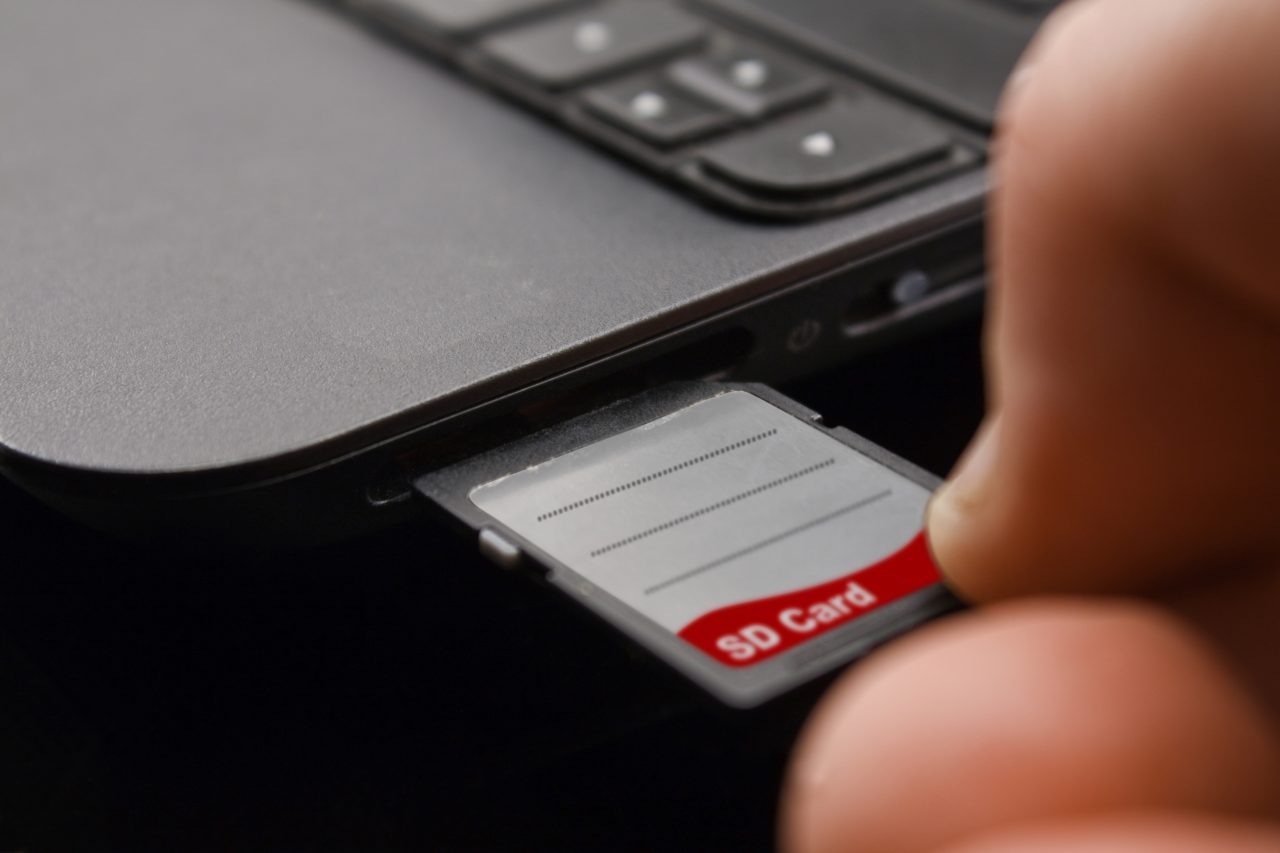Understanding SD Cards
You've probably used an SD card at some point, but what exactly does this tiny little device do?
In recent months, we have looked at several ways to transfer files and different types of hardware tools that can help you quickly and easily make those transfers. Today were going to look at a type of memory device called the SD memory card. Most people have used these before, as they’re found in just about every device: car navigation systems, smartphones, tablets, digital cameras, personal computers, music players, and gaming consoles. If your device doesn’t already have a SD card, it at least has a spot for one.
The SD card was first released in 1999 and has quickly become one of our top memory devices. SD cards are the standard for memory for consumer photography, found in just about all digital cameras. You can use them to transfer data like photos, word documents and music from one device to another: from your camera to your laptop, or from your laptop to your desktop. So what is a SD card exactly?
“SD” stands for “secure digital”. These cards are also sometimes called memory cards. They offer a fast data transfer rate and use a very small amount of power. SD cards use flash memory, just as a flash drive does. Unlike a hard drive found on a computer, these tiny memory cards don’t require power to hold and store data. They are typically very small, the largest being about as big as a stamp.
SD cards have a protection lock. This is a tiny slider on the side of the SD card; you can carefully use a fingernail to set or open the lock. If the SD card is locked, it’s in a read-only state; that means you can look at the data on the card but you can’t change any data on the card, erase it, or add new files. When the card is unlocked, you can read or write to the card by transferring files, erasing or adding new files, just as you would on a flash drive.
Next week we’ll take an even closer look at SD cards, examining the different sizes and types that you can purchase.

 Member Connect
Member Connect